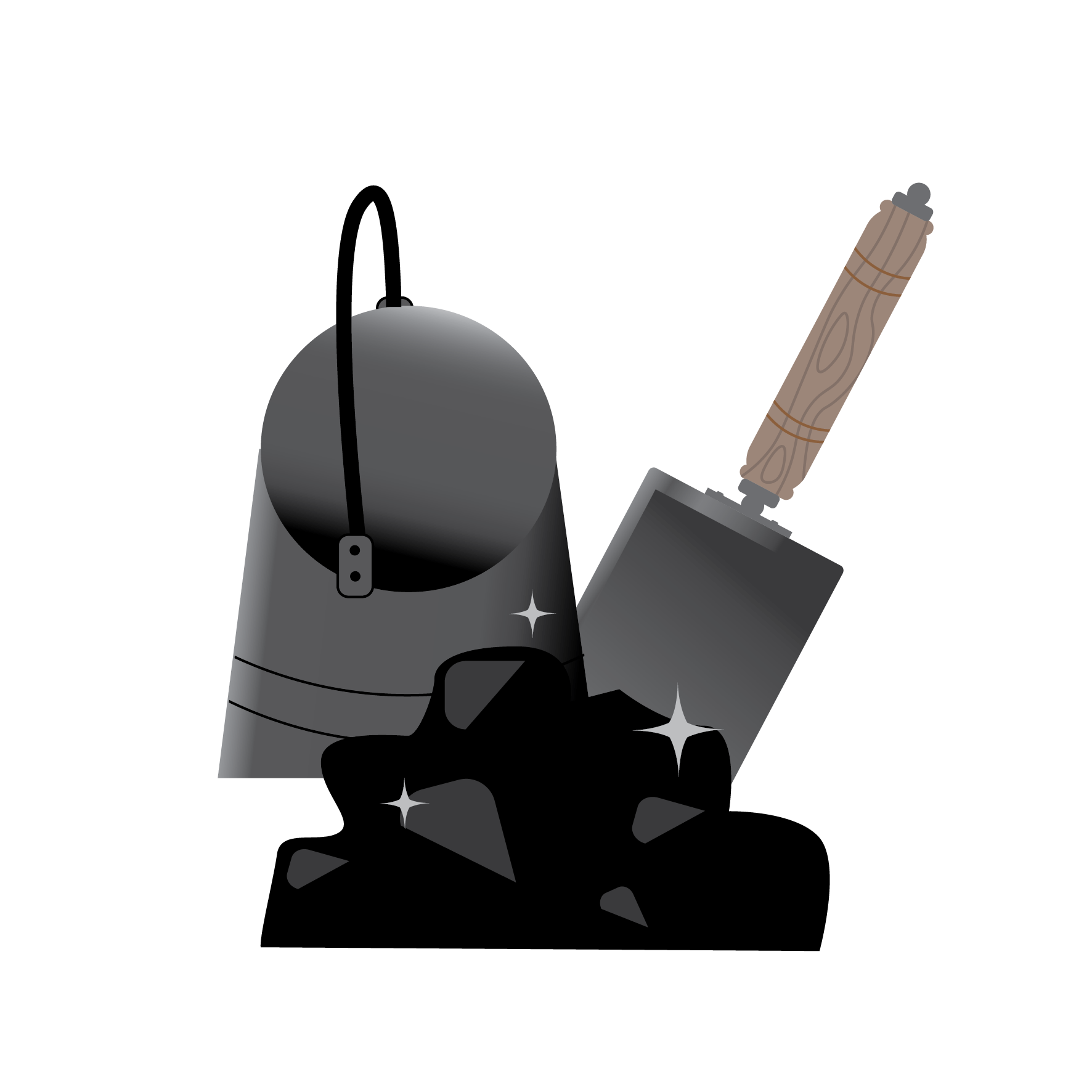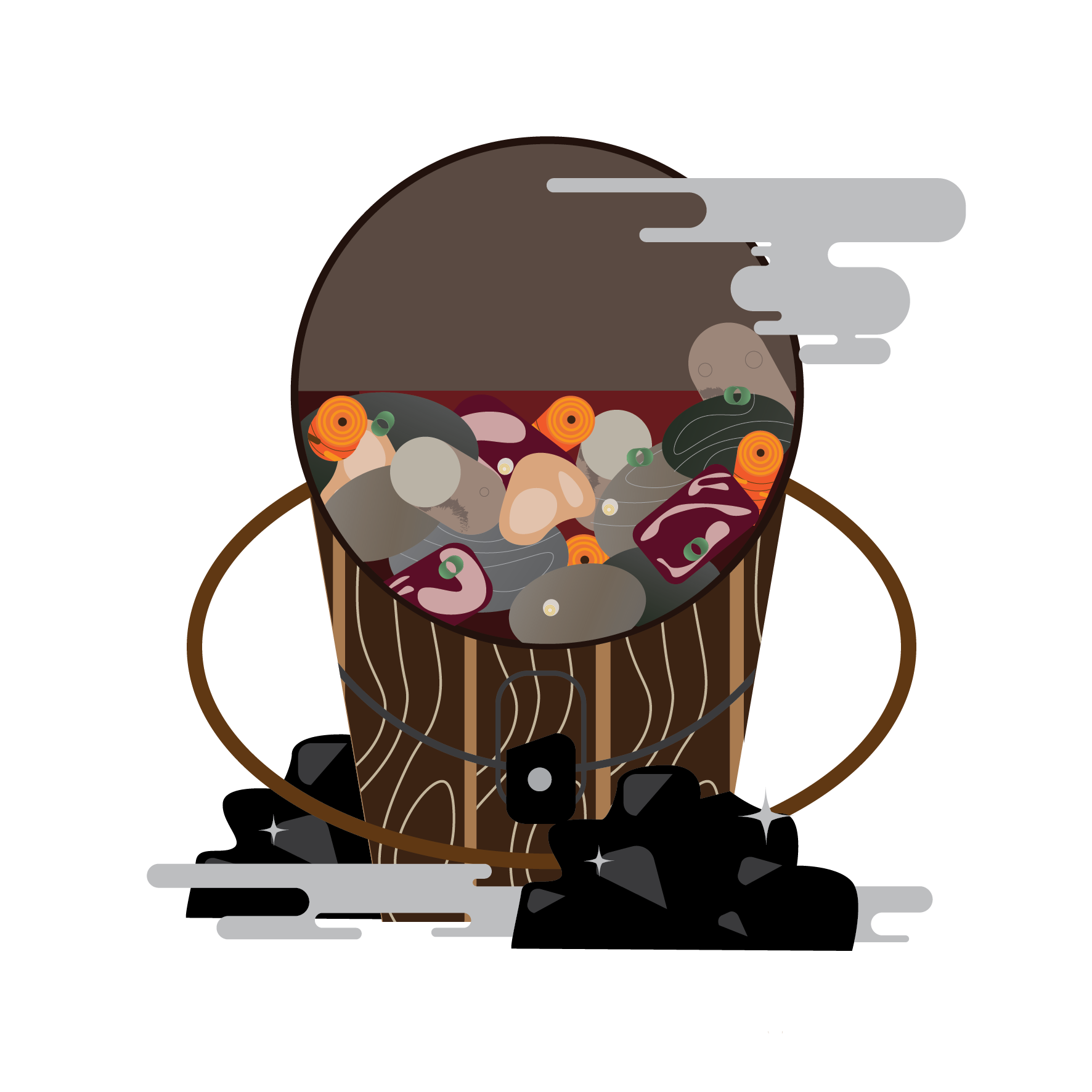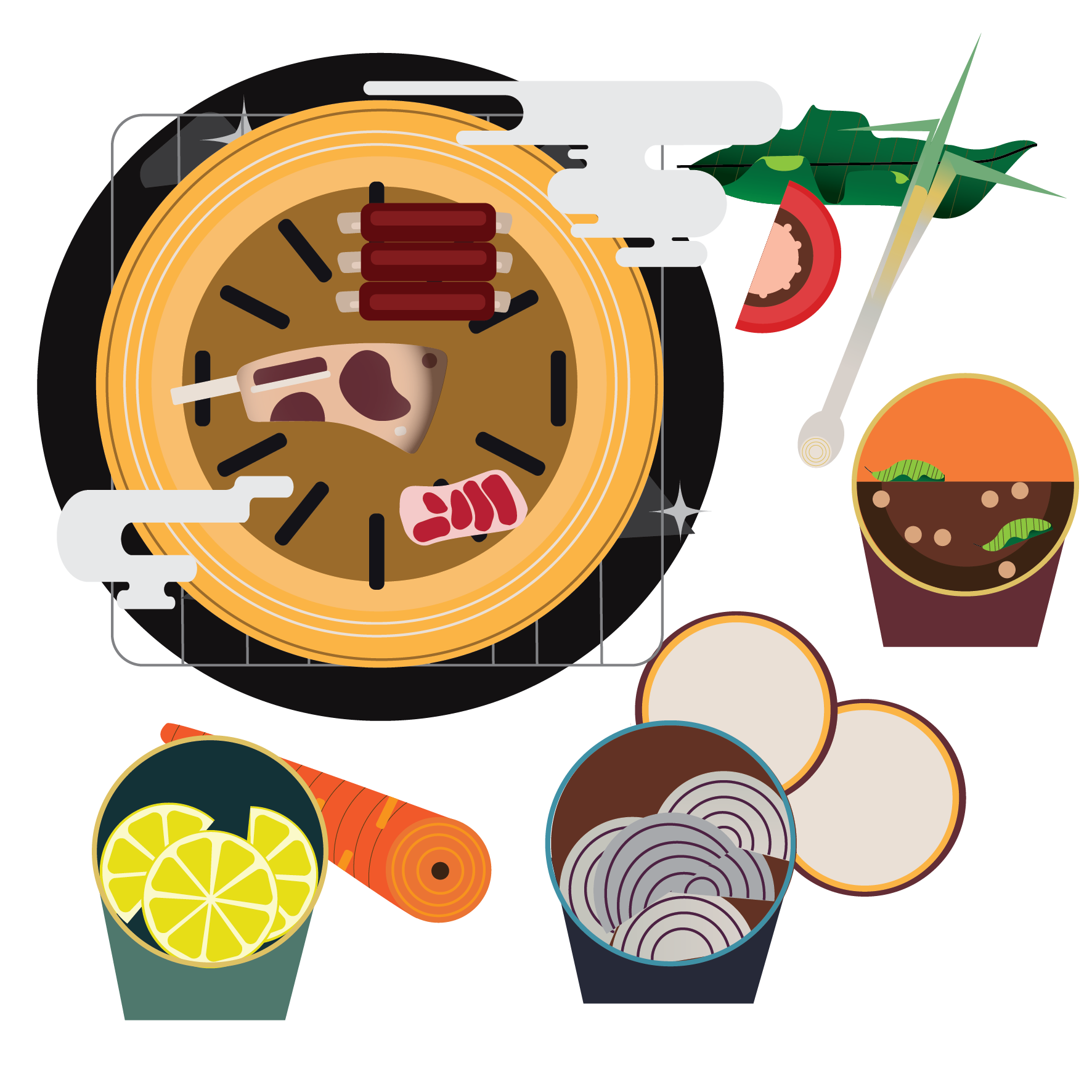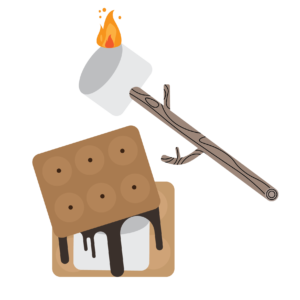Five Wood Stove Myths That You Shouldn’t Believe
Fact or Fiction? Every product seems to have myths attached to it and wood burning stoves are not exempt from this. As Wood burning stoves have been a part of homes for hundreds of years there are many myths.
Here are five wood stove myths that you shouldn’t believe!
 Stove flue doesn’t need to be swept
Stove flue doesn’t need to be swept
If you are using Firemizer in your stove even though it reduces soot in the chimney we still recommend you get your flue swept at least once or twice a year. The best times to have your chimney swept are just before the start of the heating season and after your stove has not been used over a prolonged period. The second time should be after the peak of the main heating season. As well as this, cracks could appear, or animals may nest in the chimney it is better to be safe than sorry as most chimney fires happen when the stove hasn’t been in use for a while. Check out our blog on cleaning your stove!
Stoves are bad for the environment
With the current climate change, emergency people are worried their stove could be harming the environment. However, this may have been true many years ago but as stoves burn off 90% of the fuel meaning this high efficiency leaves very little to up the chimney. In addition, burning wood is carbon neutral as it only releases the same amount of carbon dioxide as it took in.
Stoves burn the best when they glow orange
This is false, if you see a stove with patches of its glowing orange from the heat this is known as over firing. this will damage the stove. It can weaken the body of the stove and burn fuel at a faster rate.
Stoves are banned from cities in the UK
Many UK cities are smoke controlled areas where you can only burn a DEFRA approved stove. DEFRA stand for the department for environment, food and rural affairs, they have set a high standard for stoves to ensure a clean burn. Stoves with a low particle emission and very high efficiency are approved to burn in smoke-controlled areas. If you have an older stove using Firemizer is proven to increase efficiency and reduce particulate emissions by 72%.
 I can burn anything on my stove
I can burn anything on my stove
If you have a wood burning stove, you should ideally only burn wood. This should be well seasoned with less than 20% moisture content. Treated wood, for instance, wood that has been painted, creosoted and railway sleepers must not be burnt in your stove. These will release harmful pollutants into the atmosphere and could harm your stove.
If you have a multi-fuel stove, you can burn seasoned wood and smokeless fuels. Make sure that your smokeless fuel has less than 20% petroleum content with your fuel merchant before buying. A high pet coke content will overheat the internal components of your stove and will cause premature damage.
Modern stoves are not really designed to be an incinerator, so it is best to recycle your rubbish rather than burn it on the stove. Paper and newspapers can be used to start lighting the fire but never put any plastic on the fire.
 Japan
Japan  Mongolia
Mongolia Korean Barbecue
Korean Barbecue  Tortoiseshell butterfly
Tortoiseshell butterfly Hazel dormouse
Hazel dormouse
 Going Away
Going Away Rainy days
Rainy days